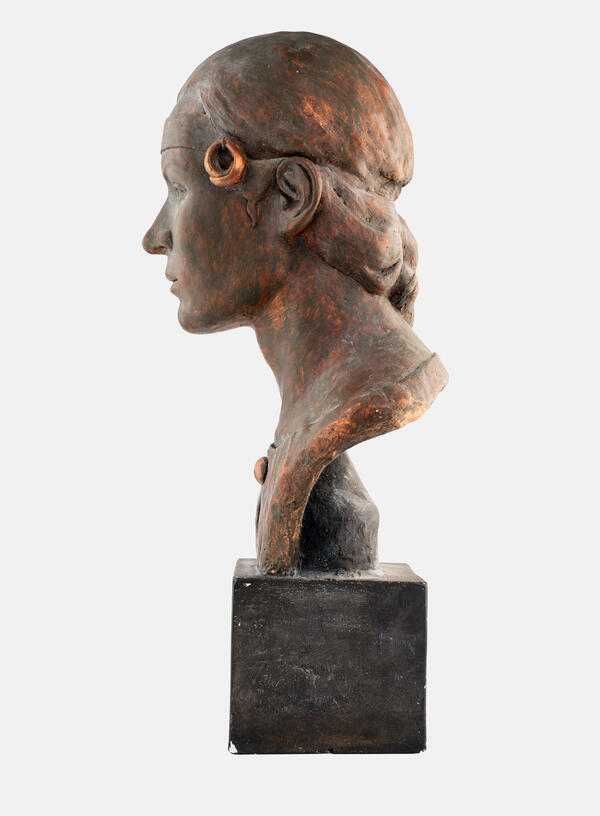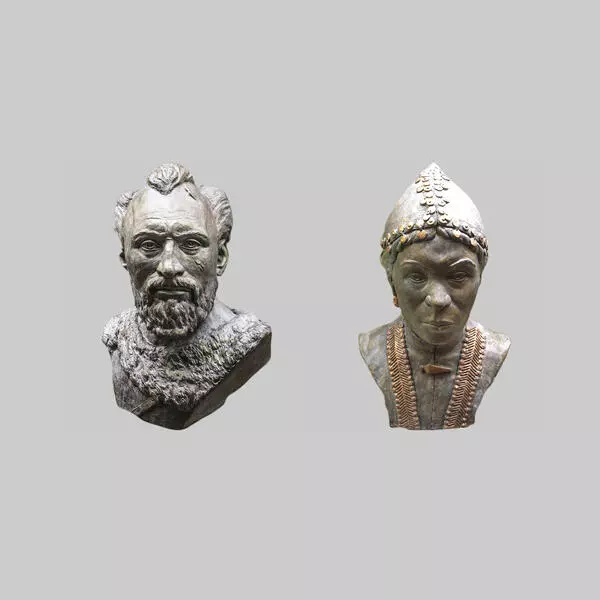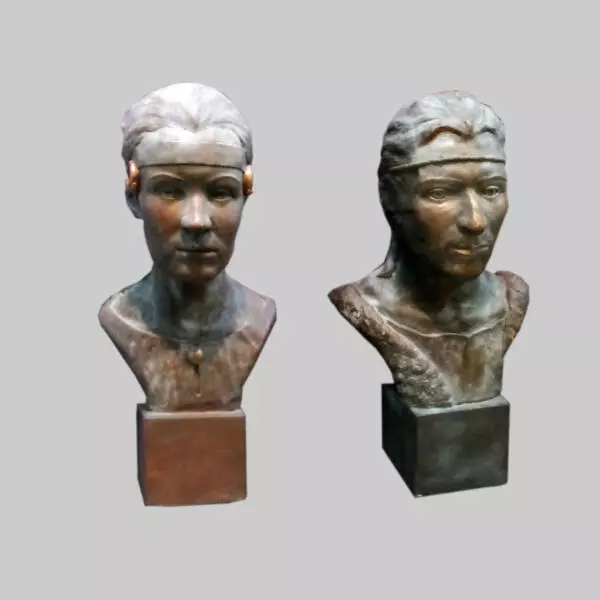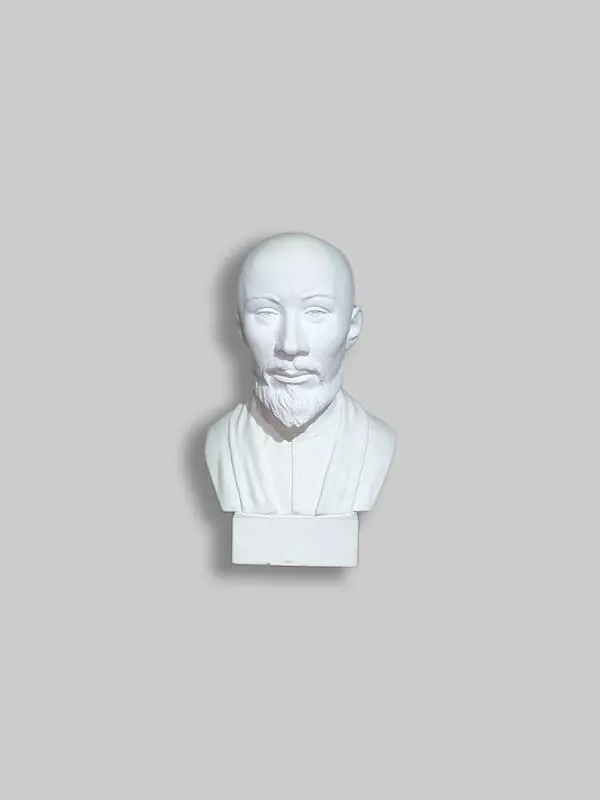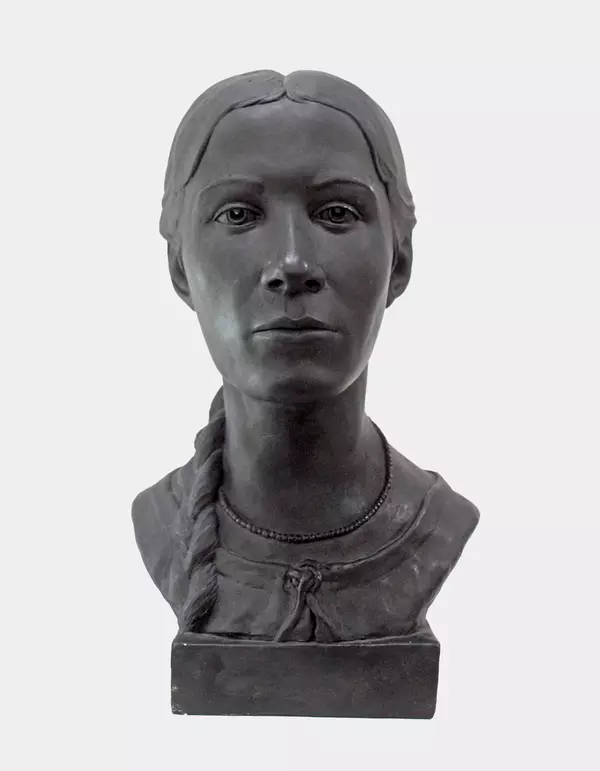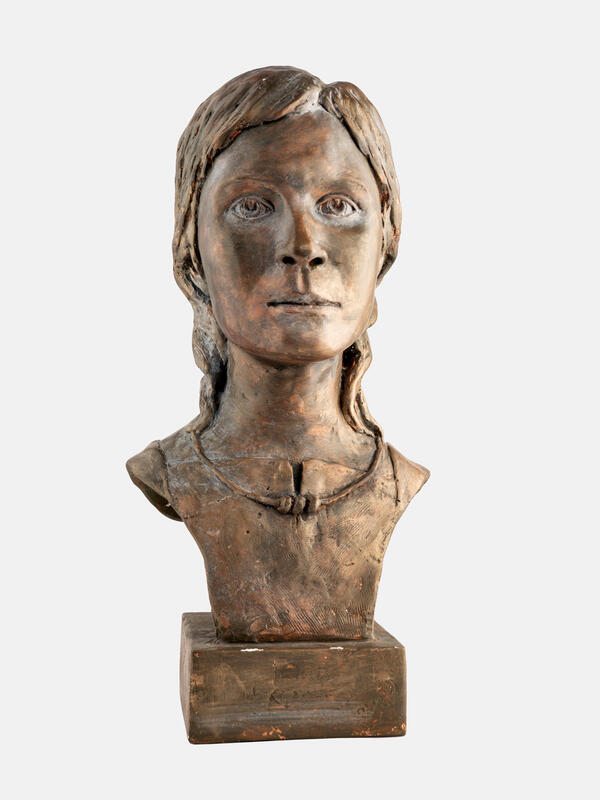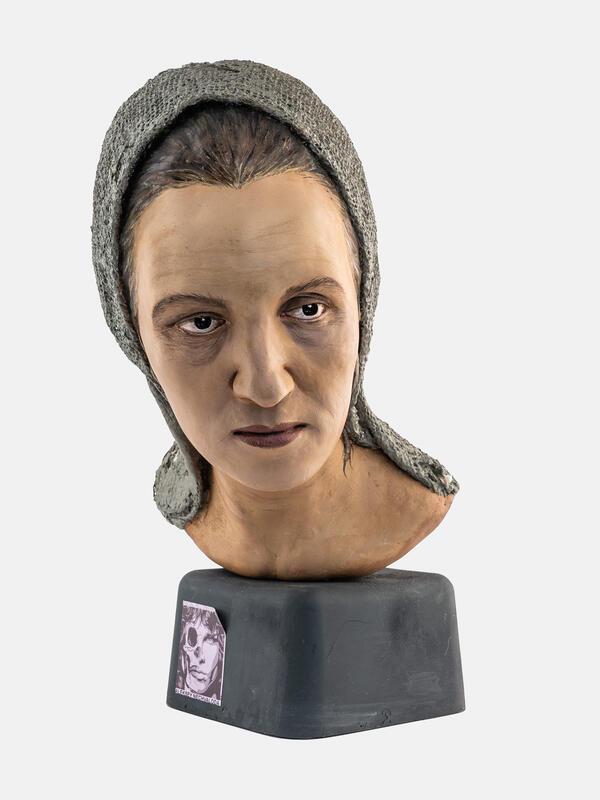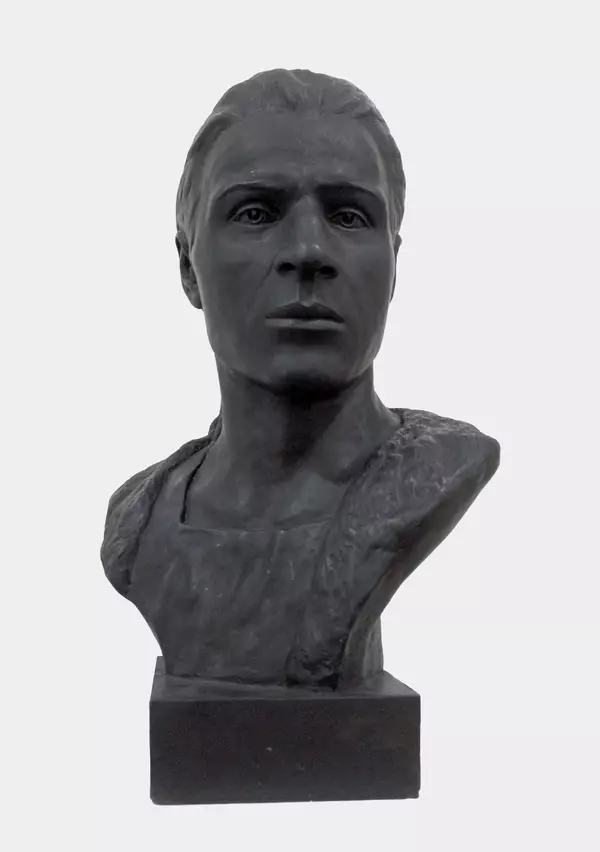Anthropologists suggest that the Arkaim population included “steppe” Caucasoids, a partly southern Caucasoid component and a mixed Caucasoid-Uraloid anthropological type. A significant part of female skulls is defined as Uraloid.
According to the experts who studied the burials of the Arkaim necropolis, the average life expectancy of the Arkaim population was 30–40 years. Representatives of the population were notable for their good health for that time and were not subjected to excessive physical strain. Their food was soft and contained a lot of protein, and there are traces of healed fractures on the bones, which indicates the presence of some level of medical knowledge.
The anthropologist Alexey Nechvaloda carried out a number of skull reconstructions of Bronze Age and Early Iron Age monuments for the exhibition and projects of the “Arkaim” Museum-Reserve. The reconstruction of the physical appearance of people who lived in the distant past begins with the determination of age, sex and individual features of the person under study — these are traces of injuries and chronic diseases, deformation of the mouth when teeth fall out, and age-related changes. Anthropologists determine age by tooth abrasion and cranial sutures, as well as by the results of the study of the facial skeleton.
The next stage is the restoration of the external
appearance based on the skull. This technique, which continues to be perfected
today, was developed by the famous anthropologist Mikhail Gerasimov. He
revealed the dependence between the structure of bones and the thickness of
muscles on them. The technique involves the restoration of masticatory muscles,
which determine the outline of the lower half of the face. Using tables of soft
tissue thickness in different parts of the head, the surface of the face is
formed, and then the parts — nose, eyes and mouth — are modeled. The work is
completed by reproduction of hairstyle and clothes according to historical
data. A mold, removed from the bust, is used to make plaster or plastic copies,
and the skull that was used is returned to the repository. Today, the results of
research by Mikhail Gerasimov, his students and followers are widely used in
museum practice, historical reconstructions, plastic surgery and forensics.

